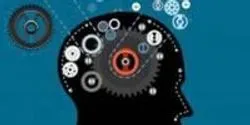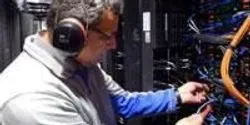supercomputing

Quantum computers are in theory capable of simulating the interactions of molecules at a level of detail far beyond the capabilities of even the largest supercomputers today. Such simulations could revolutionize chemistry, biology and materials science, but the development of quantum computers has been limited by the ability to increase the number of quantum bits, or qubits, that encode, store and access large amounts of data.

With a $1.3 million grant from the Air Force Research Laboratory, researchers at Rensselaer Polytechnic Institute will explore the design and potential of next-generation supercomputers that incorporate a highly efficient “neuromorphic” processor, which more closely represents the human brain in its architectural design.

Researchers have long believed that supercomputers give universities a competitive edge in scientific research, but now they have some hard data showing it’s true.

For three years, the Beagle supercomputer has driven University of Chicago biology and medical research into new computational territories, fueling groundbreaking research in genomics, drug design, and personalized medicine. Now, with a $2 million grant from the National Institutes of Health, UChicago’s high-performance computing resource for biomedical research is ready for an upgrade that will enable the next wave of pioneering discoveries.

The U.S. Department of Energy’s (DOE) Oak Ridge Leadership Computing Facility (OLCF) has signed a contract with IBM to bring a next-generation supercomputer to Oak Ridge National Laboratory (ORNL). The OLCF’s new hybrid CPU/GPU computing system, Summit, will be delivered in 2017.

During the past few years, Virginia Tech’s Wu Feng has built upon a National Science Foundation (NSF) / Microsoft grant from the “Computing in the Cloud” program, and synergistically complemented it with subsequent collaborative grants, including a $6 million award from the Air Force on “big computing” for mini-drones and a $1 million award from NSF and the National Institutes of Health on “big data” for the life sciences.

Columbia researchers used Brookhaven Lab supercomputer simulations to map and compare the transformations and breaking points of graphene and other promising monolayers.











